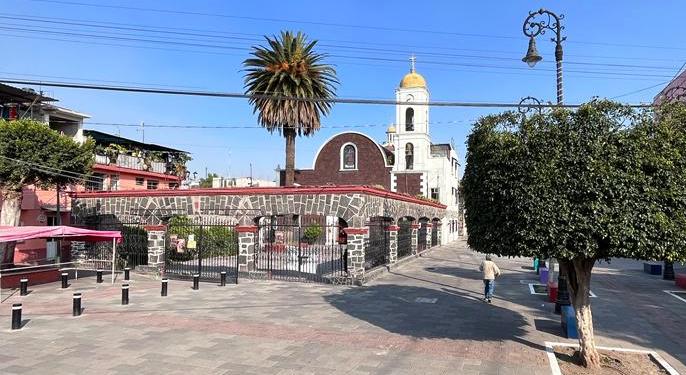
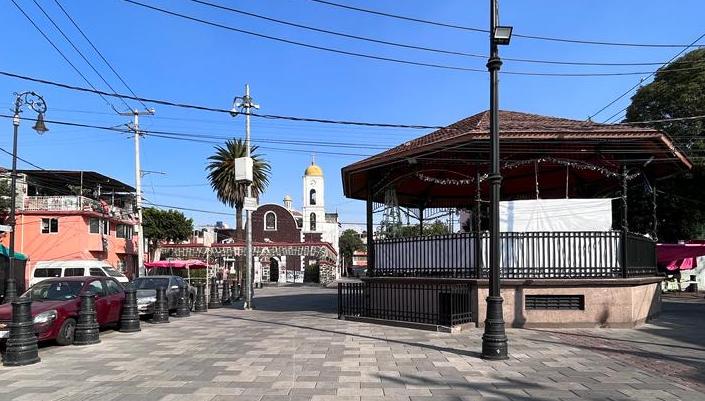
Photo: copyright 2022 Carlos Torres, used with permission.
The town of Magdalena Mixiuhca is most remembered today for the name it lent to the nearby and truly enormous sports complex. It includes the Foro Sol, the Rodriguez Brothers Racetrack, and the multiple playing fields, as well as some facilities that survive even today from the 1968 Olympics.
In fact, Magdalena Mixiuhca is one of just two original settlements in Venustiano Carranza. It’s one of the oldest in the eastern part of the city. The Ciudad Deportiva was built on the communal land (ejido) and the chinampas (i.e.; the human-made island cornfields) that previously supported the town, all along the eastern shore of ancient Lake Texcoco.
But Magdalena Mixiuhca’s origin is much earlier. According to legend, it’s where the second Tlaoni’s sister gave birth during a period when the Mexica people were unsettled along the eastern shore of the lake. A place of wetlands and reeds, according to the chronicler Alvarado Tezozomoc, the child was named Contzállan. He is still considered the first native-born inhabitant of what was then a very small island. Mixiuhcan, in fact, means “place of childbirth.”
By the time of the colonial period, the largely agricultural area dedicated itself to tending the chinampas and to a duck trade similar to that at Macuitlapilco, today’s Candelaria de Los Patos. The town lost much of its communal land during the Civil and Religious Assets Act of 1856. Some of this was restored by President Álvaro Obregón in 1921. The area actually prospered straight through the 1950s.
The land restitution was largely rescinded again in 1956 when President Adolfo Ruiz Cortines expropriated the 235 hectares of communal land. The sports city planned there was to include a racetrack, a bike racing track, (the Velodromo), the Sports Palace and more.
But all of these incursions into what has been one of the most successful and oldest of agricultural communities in the city have produced a population with a distinct identity. Traditions are preserved and sometimes stronger than ever.
The Magdalena Mixiuhca church plays a central role in many of the community’s most intense celebrations and fiestas. The patron saint of the town, Mary Magdalene, according to legend, resulted from a gift requested for an image of the Virgin to grace the early church. The response was a sculpture of the Mary Magdalene given by no less than La Malinche herself.
 55 3096 1647
55 3096 1647
 https://www.facebook.com/PuebloMagdalenaMixhuca1/
https://www.facebook.com/PuebloMagdalenaMixhuca1/

Nearest at 0.35 kms.

Nearest at 0.65 kms.

Nearest at 0.79 kms.


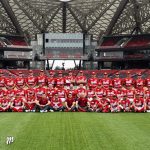
80 years of Diablos Rojos history in one fascinating museum.
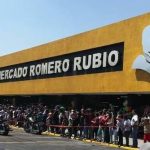
A gigantic market for one of East Mexico City's finest neighborhoods...

A 20-minute walk from the airport is richly rewarded...
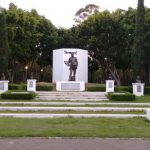
One of Venustiano Carranza's most important natural and recreation areas.
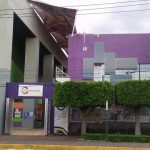
The most important performance and cultural venue in east-central Mexico City